Summary
The pond is home to various fish species, including largemouth bass, bluegill, catfish, and crappie. Largemouth bass is the most prevalent species in the pond, making it an excellent spot for bass fishing enthusiasts.
There are plenty of activities to enjoy in the area, including hiking, picnicking, and boating. The pond is also surrounded by a beautiful natural landscape, making it an excellent place for nature lovers.
For those planning to fish in Old Georgetown Road Pond, it is important to note that live baits, such as worms and minnows, are highly effective in catching most species. Additionally, using topwater lures during early morning or late evening can result in a successful catch.
The best time to visit Old Georgetown Road Pond is during the spring and fall months when the temperature averages around 70°F. During this time, fish tend to be more active, making it easier to catch a good-sized fish.
Overall, Old Georgetown Road Pond is an excellent fishing destination in South Carolina. With various fish species, great surrounding activities, and abundant fishing tips, it is a place that fishing enthusiasts should consider visiting.
Weather Forecast
Nearby Streamflow Levels
Angling Safety Guidelines
Check local fishing rules, seasons, size limits, and license requirements to ensure legal and sustainable angling.
Handle Fish Responsibly
Use wet hands, minimize air exposure, and release fish gently to improve survival rates when practicing catch-and-release.
Choose the Right Gear
Match your rod, line, and tackle to the species and conditions to increase success and reduce unnecessary harm to fish.
Respect the Waterway
Avoid disturbing habitat, prevent bank erosion, and keep a safe distance from spawning areas to protect ecosystems.
Keep It Clean
Pack out all line, hooks, bait containers, and trash—discarded gear can injure wildlife and degrade waterways.
Related Links
Area Campgrounds
| Location | Reservations | Toilets |
|---|---|---|
 Buckhall
Buckhall
|
||
 Buck Hall Recreation Area
Buck Hall Recreation Area
|
||
 Honey Hill
Honey Hill
|
||
 Honey Hill Recreation Area
Honey Hill Recreation Area
|
||
 Elmwood Recreation Area
Elmwood Recreation Area
|
||
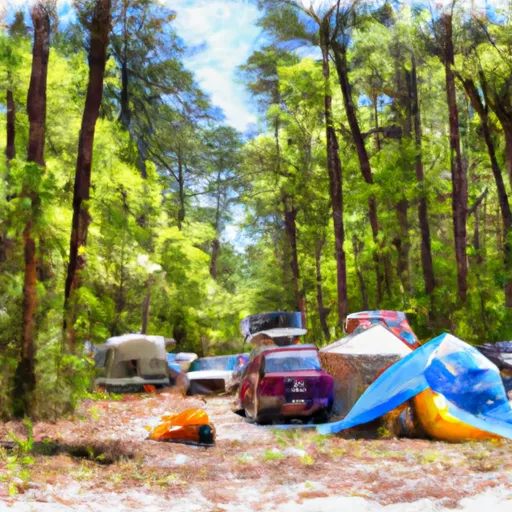 Elmwood
Elmwood
|

 Rhem's Church Pond
Rhem's Church Pond
 Bellfield Pond
Bellfield Pond
 Bluebird Pond
Bluebird Pond
 Twin Ponds
Twin Ponds
 New Hope Pond
New Hope Pond
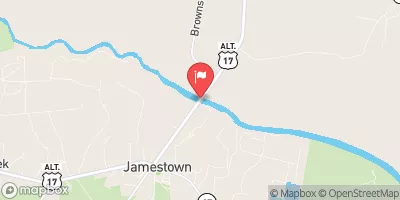


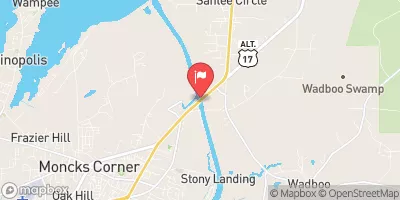
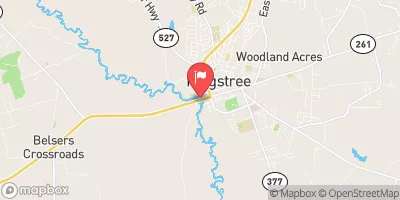

 Pinckney Street McClellanville
Pinckney Street McClellanville
 Wilderness Little Wambaw Swamp
Wilderness Little Wambaw Swamp
 Wilderness Wambaw Swamp
Wilderness Wambaw Swamp
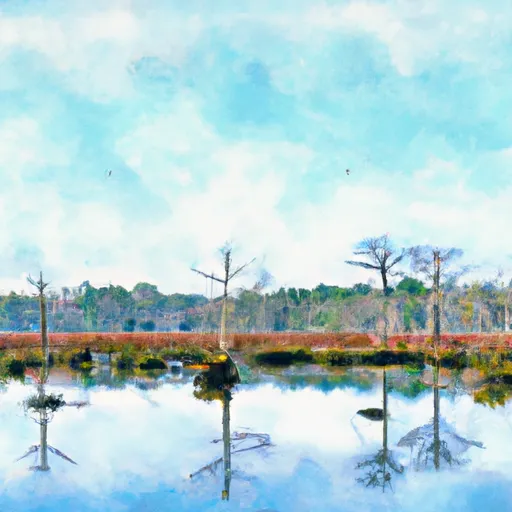 National Wildlife Refuge Francis Marion
National Wildlife Refuge Francis Marion